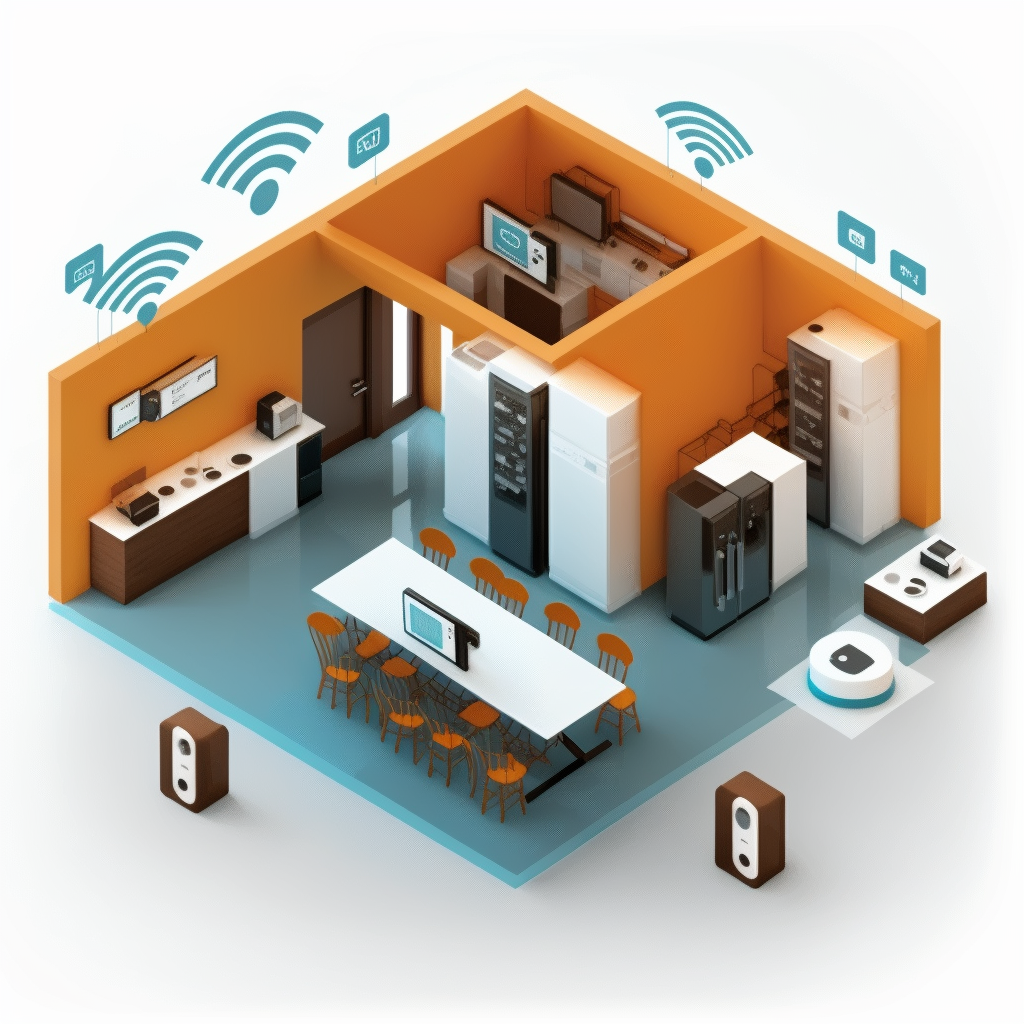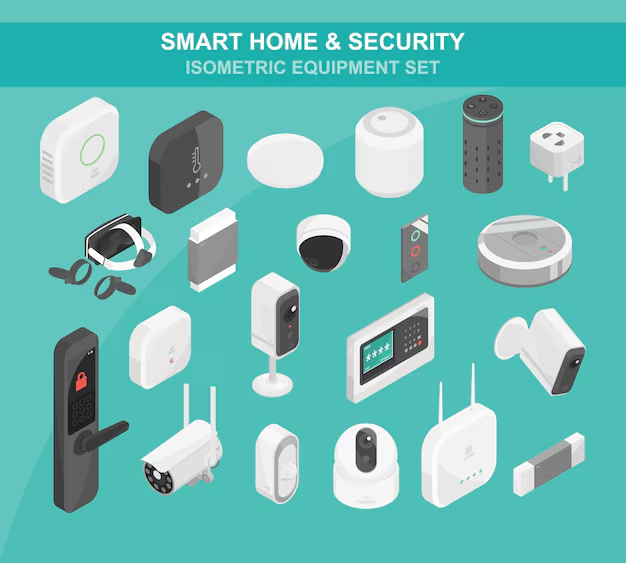Which is better, Matter Thread vs WiFi?
Navigating the Smart Home: Thread vs WiFi, and Matter Explained
The ever-growing smart home market offers a dizzying array of devices, each promising to simplify and enhance our lives. But with this abundance comes confusion: Thread, Wi-Fi – which protocol reigns supreme? The answer, like most things in technology, depends on your specific needs. This article explores the strengths and weaknesses of Thread and Wi-Fi, while introducing Matter, the rising star of smart home communication.
Understanding Matter: The Unifying Force
Before diving into the specifics of Thread and Wi-Fi, let’s address Matter, a game-changer in smart home interoperability. Imagine a world where your smart light bulb from Brand A seamlessly interacts with your smart thermostat from Brand B – that’s the power of Matter. This open-source protocol ensures devices from various manufacturers speak the same language, eliminating compatibility headaches.
Thread vs WiFi: A Tale of Two Protocols
Now, let’s meet the main contenders: Thread and Wi-Fi.
Thread: This low-power wireless mesh networking protocol shines in battery-powered devices like sensors and locks. Thread devices form a self-healing network, ensuring robust coverage even in large homes. Think of it as a web where if one strand breaks, the others keep things connected. Plus, Thread boasts built-in security features, keeping your smart home data safe.
WiFi: A household name, Wi-Fi excels in data transfer rates. This makes it ideal for devices that crave bandwidth, like smart TVs and streaming devices. Wi-Fi offers a simple setup process, connecting directly to your central router. However, Wi-Fi devices tend to be power hungry, and its traditional star network topology (think spokes on a wheel) can struggle with coverage in larger homes.
Choosing Your Champion: Thread vs. Wi-Fi
So, which protocol reigns supreme for your smart home?
Thread: Ideal for battery-powered devices, expansive homes with coverage concerns, and security-conscious users.
Wi-Fi: Perfect for high-bandwidth devices like entertainment systems and voice assistants. Also a good choice if you already have a strong Wi-Fi network set up.
The Future is Bright: Embracing Matter
The good news? Many smart home devices are becoming compatible with both Thread and Wi-Fi, offering more flexibility. Additionally, both Thread and Wi-Fi are primed for the future thanks to Matter compatibility. This allows you to mix and match devices from various brands, ensuring seamless communication within your smart home ecosystem.
With Matter compatibility becoming the gold standard, here are some brands to explore for your smart home:
Battery-powered devices and expansive homes: Thread takes the lead. Consider Yale Assure Lock with a Thread module for secure entry or motion sensors from brands like SamSung SmartThings (with a hub upgrade) to keep an eye on larger spaces.
Entertainment and Voice Control: Wi-Fi shines here. Look for Samsung Smart TVs for crisp visuals or an Amazon Echo for effortless voice commands. Remember, many devices like smart plugs can often function on either protocol, offering you more flexibility.
The Final Word
Ultimately, the choice between Thread and Wi-Fi depends on your specific needs. Consider the types of devices you’ll be using, your existing home network setup, and your priorities (battery life, coverage, security). With Matter on the horizon, the future of smart homes is bright, offering a more unified and user-friendly experience. So, make an informed decision, embrace the power of these protocols, and unlock the potential of your smart home!
For more information, You can refer to this article
To learn more about other communication protocols for smart homes, refer to this article.







